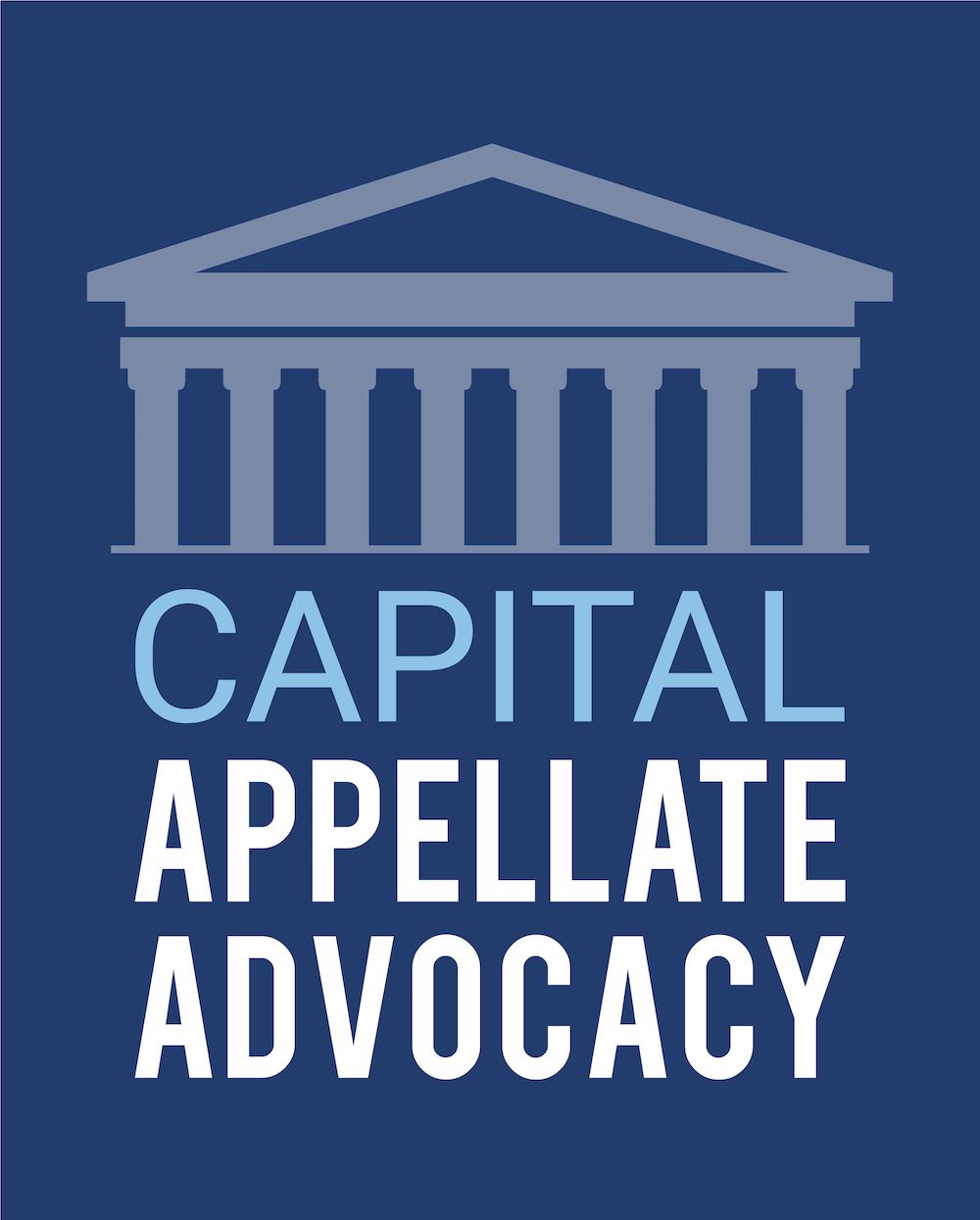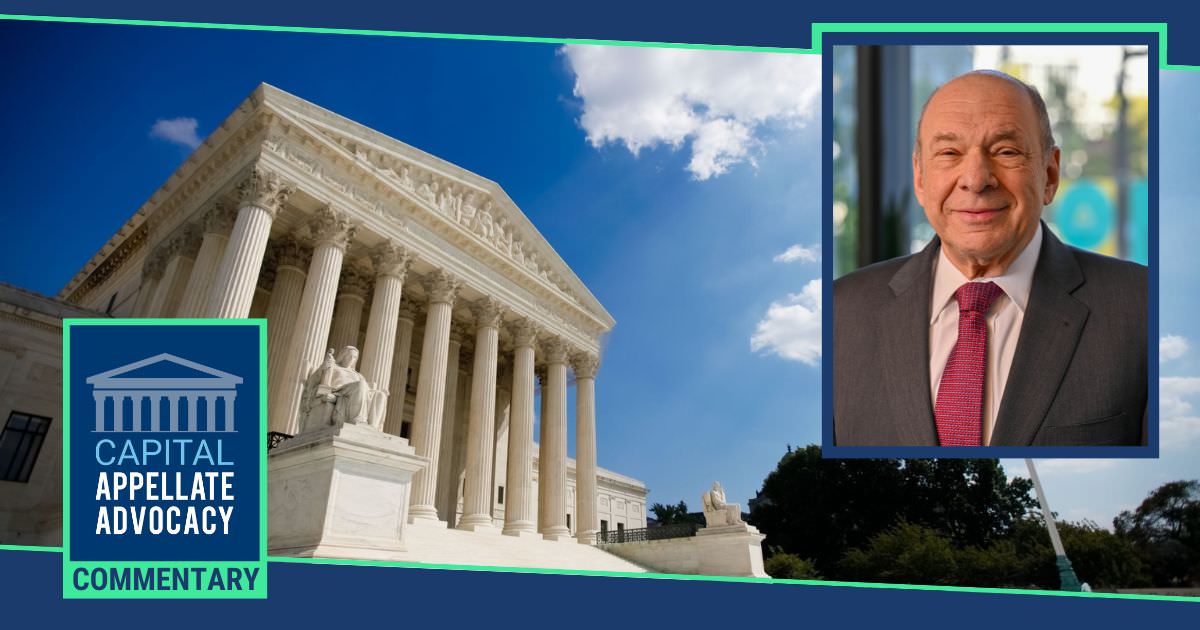This post was reprinted on January 27, 2020 by the Washington Legal Foundation under the title “No Redress: Future Generations’ Overheated Climate-Related Suit Doesn’t Stand”
Ninth Circuit Holds That “Kids’ Suit” Plaintiffs Lack Standing
On January 17, 2020, climate-change activists ran into a man-made constitutional roadblock called the separation of powers. A Ninth Circuit panel composed of three Obama appointees held in a 2 to 1 decision that the plaintiffs in the so-called “Kids’ Climate Suit” lack standing to proceed with their claim that the federal government has violated their supposed constitutional right “to a climate system capable of sustaining human life.” Juliana v. United States, Op. at 11.
Although sympathetic to the plaintiffs, the panel majority concluded that the “redress” they sought—“an order requiring the government to develop a plan to ‘phase out fossil fuel emissions and draw down excess atmospheric CO2’”— is “beyond [the court’s] constitutional power.” Id. The majority indicated that instead, “the plaintiffs’ impressive case for redress must be presented to the political branches of government,” i.e., the elected branches, Congress and the President. Id.
The plaintiffs were “twenty-one young citizens, an environmental organization, and a ‘representative of future generations.’” Id. They “accuse[d] the government of continuing to ‘permit, authorize, and subsidize’ fossil fuel use despite long being aware of its risks, thereby causing various climate-change related injuries to the plaintiffs.” Id. at 12. Their alleged injuries include psychological and physical harm, recreational impairment, and property damage.
During an earlier phase of the case, the Supreme Court, when denying the government’s request for a stay of proceedings, noted that the “breadth of respondents’ claims is striking . . . and the justiciability of those claims presents substantial grounds for difference of opinion.”Id. at 13.
Plaintiffs’ Broad, Policy-Based Claims Not Redressable By Courts
The legal issue before the court of appeals was whether the plaintiffs have constitutional standing to pursue their claims. It is well established that “[t]o have standing under Article III, a plaintiff must have (1) a concrete and particularized injury that (2) is caused by the challenged conduct and (3) is likely redressable by a favorable judicial decision.” Id. at 18. The panel found that the plaintiffs satisfied these first two prongs: (1) “at least some of the plaintiffs have presented evidence that climate change is affecting them now in concrete ways and will continue to do so unless checked”; and (2) “the causal chain here is sufficiently established.” Id. at 18-19.
As to these findings, it is important to note that the court of appeals reviewed an Oregon federal district court’s interlocutory denial of a summary judgment motion filed by the government. Under the applicable standard of appellate review, the court of appeals was required to construe the plaintiffs’ “extensive record . . . in the light most favorable to their claims.” Id. at 14.
As to the third requirement for standing, “redressability,” the panel majority “[r]eluctantly” concluded that the plaintiffs lack standing because their claims are not “redressable by an Article III court.” Id. at 11, 21. The plaintiffs had argued that “if their general request for a remedial plan is granted, the political branches can decide what policies will best ‘phase out fossil fuel emissions and draw down excess atmospheric CO2.’” Id. at 26. The majority, however, explained as follows:
“Although the plaintiffs’ invitation to get the ball rolling by simply ordering the promulgation of a plan is beguiling, it ignores that an Article III court will thereafter be required to determine whether the plan is sufficient to remediate the claimed constitutional violation of the plaintiffs’ right to a ‘climate system capable of sustaining human life.’ We doubt that any such plan can be supervised or enforced by an Article III court. And, in the end, any plan is only as good as the court’s power to enforce it.” Id. at 29.
The two-judge panel majority rejected the dissenting judge’s view that “[p]roperly framed, a court order—even one that merely postpones the day when remedial measures become insufficiently effective—would likely have a real impact on preventing the impending cataclysm.” Id. at 46. Instead, the majority correctly held that “[n]ot every problem posing a threat—even a clear and present danger—to the American Experiment can be solved by federal judges.” Id. at 30.
Political Question Doctrine Supports Panel’s Holding
Interestingly, the majority drew a distinction between its “redressability” holding and the political question doctrine. See id. at 31 n.9. Under the political question doctrine, which reflects the separation of powers, a federal suit is nonjusticiable if a court would have to address questions that the Constitution reserves for the political branches. Although disavowing that the case involves a political question, the majority acknowledged that the political question doctrine’s “factors often overlap with redressability concerns” since each “stems from the same separation-of-powers principle.” Id. (internal quotation marks omitted).
In my view, the court essentially held that plaintiffs’ suit is barred by the political question doctrine. The majority drew a technical distinction between that doctrine and the redressability prong of the judicial standing test in an effort to make its holding appear as narrow and case-specific as possible. See id. at 31 n.9. Nonetheless, the appellate court’s broad message to would-be climate-change litigants is unmistakable: A “compelling case that action is needed . . . must be made to the political branches or to the electorate at large, the latter of which can change the composition of the political branches through the ballot box. That the other branches may have abdicated their responsibility to remediate the problem does not confer on Article III courts, no matter how well-intentioned, the ability to step into their shoes.” Id. at 31-32.

